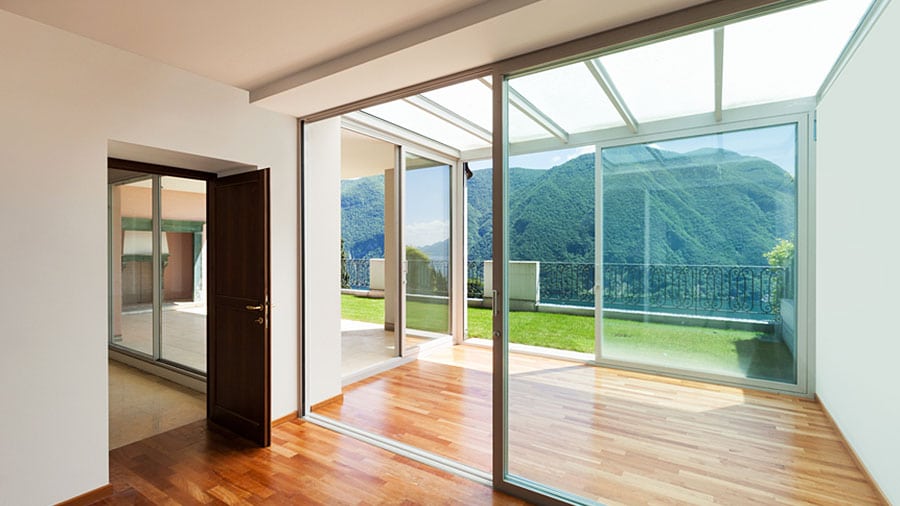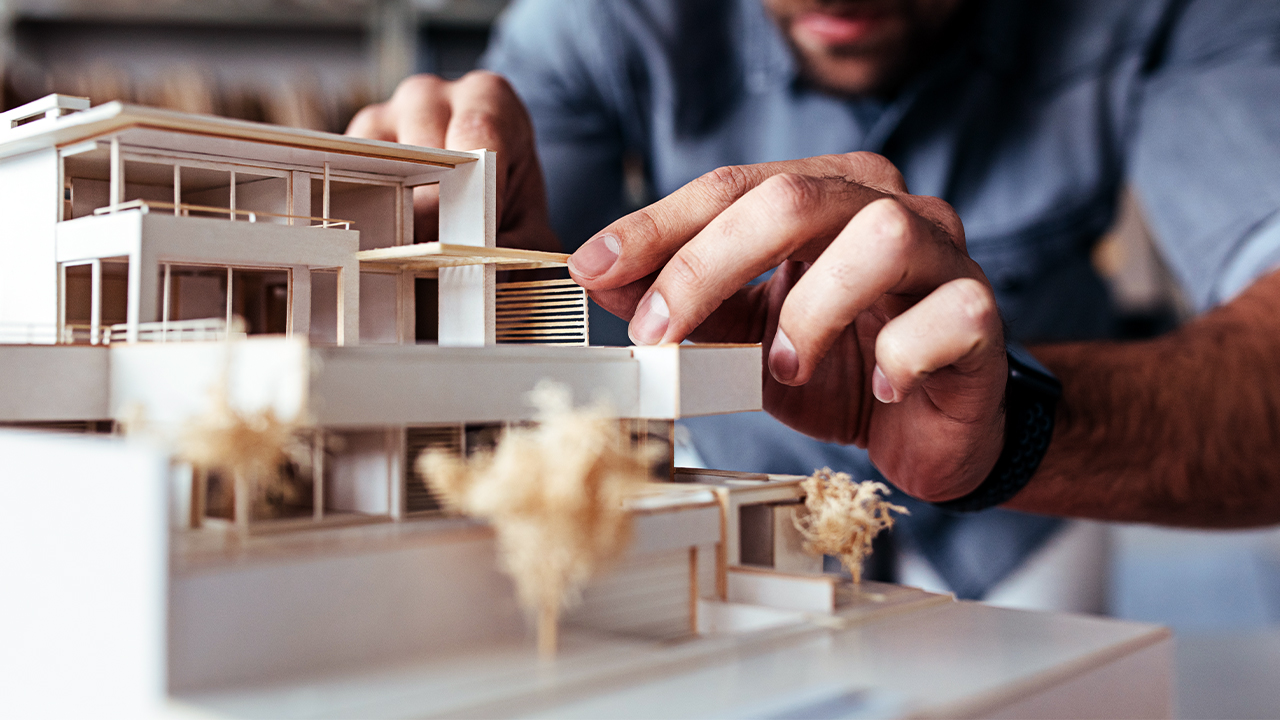To create a sustainable environment and take advantage of the natural world, the way structures are designed can be looked at from a different angle. Active design—a strategy that involves putting machinery in buildings to regulate the flow of energy (electricity, heating, air conditioning)—has begun to fall out of favor. Passive design, on the other hand, is picking up steam. It is a strategy that uses ambient, natural energy (like sunlight and wind) in its design so that less lighting, heating, or air conditioning is needed. This way, there is less cost and less of an environmental impact, without any loss of quality of life. The natural energy regulates the environment to ensure it is comfortable for anyone inside.
For anyone studying building information modeling, staying on top of architectural trends is important. One trend that has impacted the industry in recent years is the rise of passive design. If you’re interested in this field of study, read on to learn more about it.
Grads of Building Information Modeling Courses Can Implement Passive Design Strategies
Implementing a passive design strategy into a building can be done in many different ways, as it is the sum of multiple different elements. Once you have graduated from a building information modeling college, you might know how the shape and orientation of a building can affect both airflow and temperature. A large south-facing window, for example, will let in plenty of sunlight that can both light and heat a room. A passive design strategy utilizes this knowledge to figure out the optimal design for a building so that it receives as much solar energy and outside wind as possible.

The passive design uses large windows to let in sunlight
You Can Regulate Temperature Through Passive Design
Graduates of building information modeling programs learn to incorporate HVAC (heating, ventilation, and air conditioning) systems into their building designs to ensure that once constructed, their buildings can be properly heated and cooled. A passive design strategy also takes heating and cooling into consideration through both passive heating and cooling systems. A passive heating system harnesses solar radiation and internal heat and then traps it in order to create a layer of insulation. What that means is that, even if the temperature outside drops, the temperature inside will remain comfortable. Passive cooling works in the opposite way, actively blocking solar radiation and internal heat gains to prevent overheating.
Building Information Modeling Programs Can Prepare You to Remodel Old Structures
Older buildings often have active-design strategies and, as a direct result, consume much more energy. If you’ve studied building information modeling, you know that there are ways to update a building’s structure. However, doing so to incorporate passive design elements often requires a substantial amount of remodeling and reworking of different elements of the building. For example, the layout of the room and the style of windows can be redesigned to help regulate ventilation and temperature.
Are you interested in taking building information modeling courses?
Visit Digital School for more information or to speak with an advisor!



